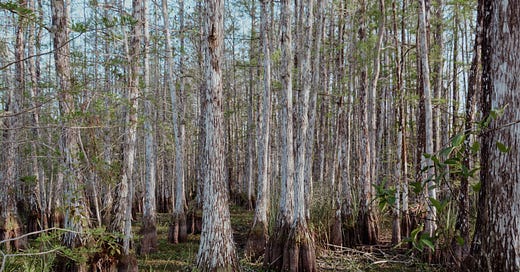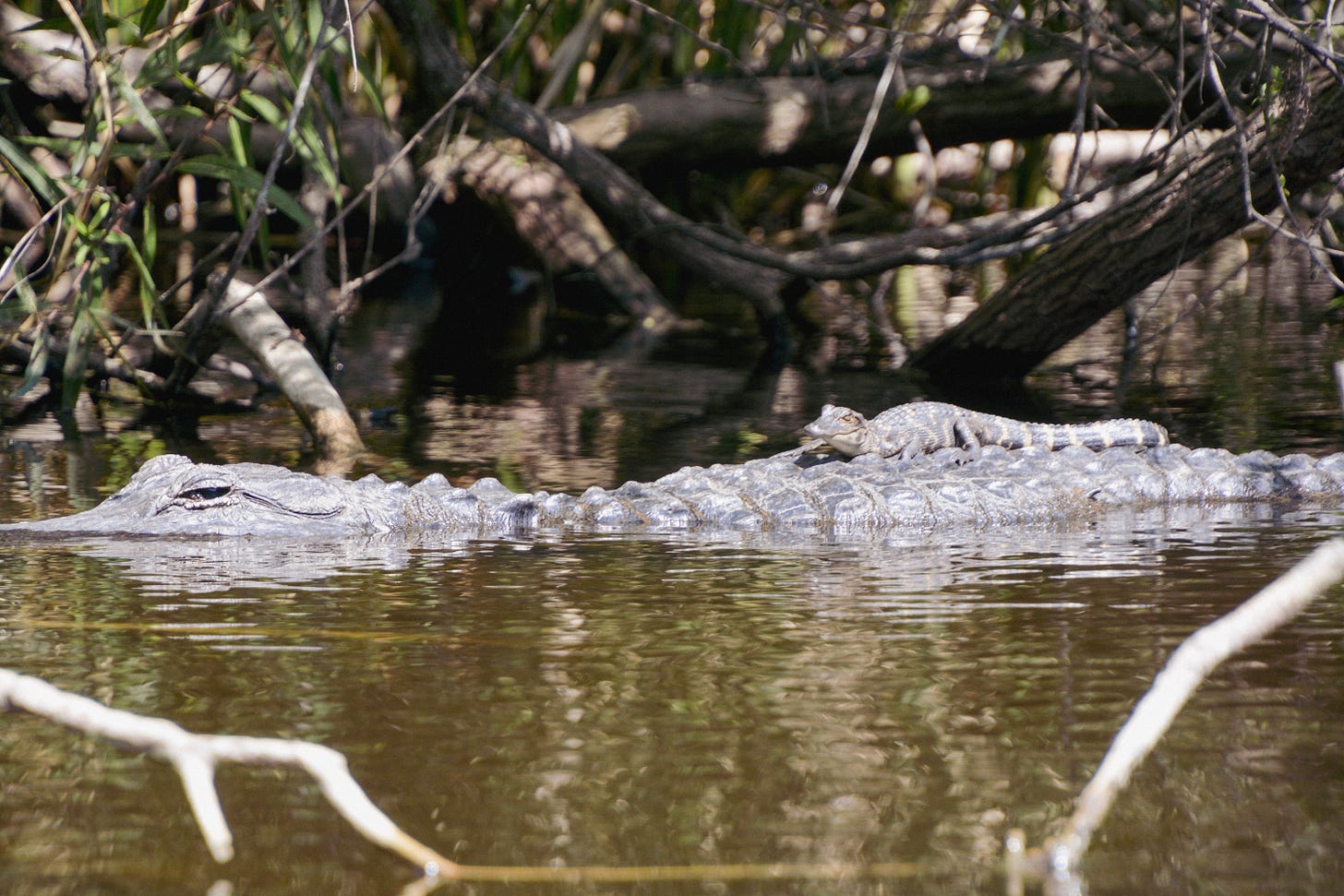Into the swamp
Why I followed a ranger into python territory—and why Earth Day feels different this year
I recently went on a swamp walk in Big Cypress National Preserve, part of the Everglades region of South Florida. While most people would say “hell no” to walking in murky water inhabited by alligators and invasive pythons, I was curious enough to say yes (and confident enough that they wouldn’t invite a journalist somewhere where I’d become lunch).
I was led by an incredible guide, Lisa, who has worked for the National Park Service for over 30 years. She pointed out nesting owls in high branches, tiny carnivorous plants the size of my thumb, and delicate otter tracks I would have otherwise stomped over. Her eye was acute, and her knowledge of the ecosystem was impeccable.
I learned that the Everglades are the only subtropical preserve left on the North American continent; that it provides drinking water to eight million people (1 in 3 Floridians), and that it’s the only place in the world where American alligators and American crocodiles coexist in the wild.
If ever you get the chance to wade through high water in a cypress swamp, I promise you, it will unlock a new love for a landscape you didn’t think existed.
Encountering an alligator isn’t uncommon in this region. They are often quiet, unassuming, and far from the human-hunting villains many perceive them to be. During nesting season in the Everglades, I saw a different side to them. I gained a glimpse into the vulnerability of female alligators—the arduous life of being a mother in a fragile, declining ecosystem at a time when I, too, feel more aware as a woman in a changing political landscape.
Hidden behind sawgrass, I saw alligators courting each other, with one alligator resting its hand on another. Later, while kayaking on Turner River, I spotted a baby perched on its mother’s back and a dozen more young scattered along the riverbank. As I paddled past these tiny creatures no longer than my forearm, I knew only a third of them would survive their first year.
The mother alligator, mere inches from my kayak, didn’t lunge or retreat. She just blinked back at me frozen still within her shrinking territory, one that I was encroaching on. Rather than seeing these animals as threats, I connected with their need to date and love and reproduce and protect—to endure as a species.
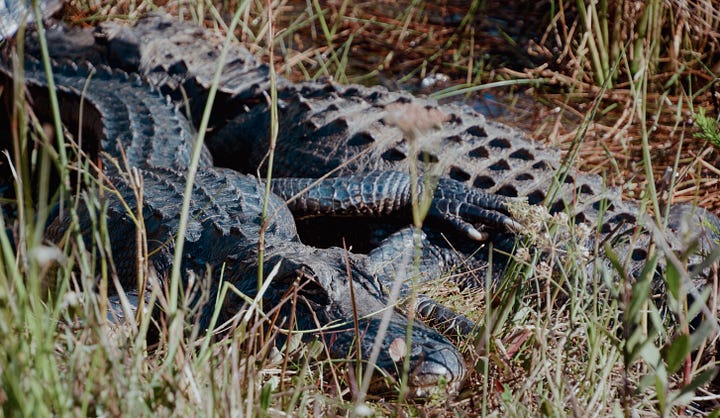
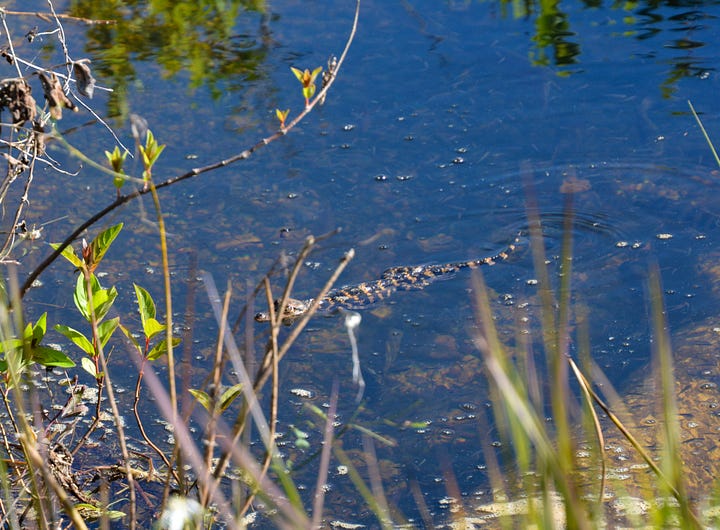
The Everglades is a pretty special place. I’m reminded of it especially now, during Earth Day and National Park Week at a time when countless wildlife species, ecosystems, and public lands across our nation are under threat like never before.
But, whenever I’m unsure of how I can make a difference, I come back to this quote:
“The greatest threat to our planet is the belief that someone else will save it.” – Robert Swan
It’s cliché, but it’s helpful to remind myself that every small action helps. For example, historic flooding has recently devastated towns along the Ohio River, and participating in cleanup efforts has felt like a tangible way to contribute. Whether it’s volunteering locally or calling your state senators, there are meaningful ways to take action.
As a board member of the Outdoor Writers Association of America, serving on a nonprofit and writing about conservation and the outdoors has also felt like a small way to contribute. I’m grateful for all of the scientists, researchers, politicians, activists, government workers, parks employees, volunteers, storytellers, and recreationists who do what they can to protect our mother earth. Because she’s pretty great right?
I mean, just look at her…
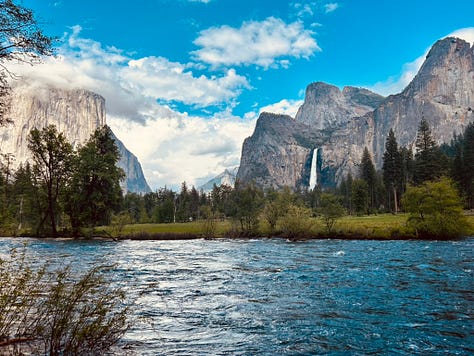
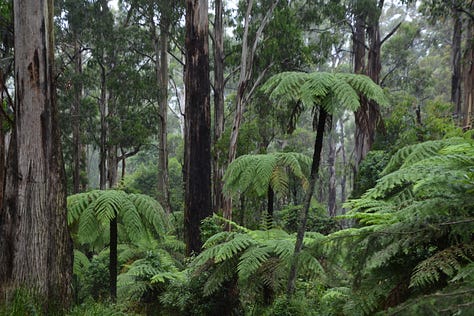
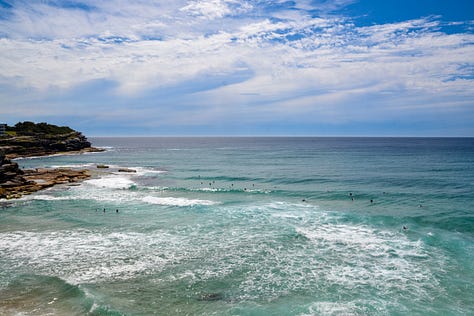

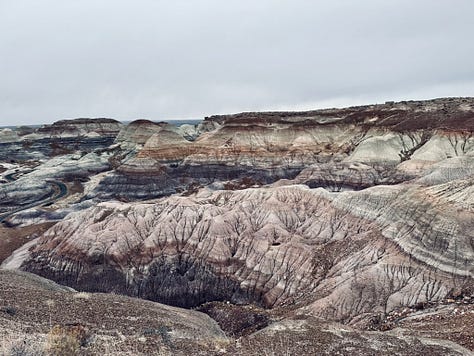
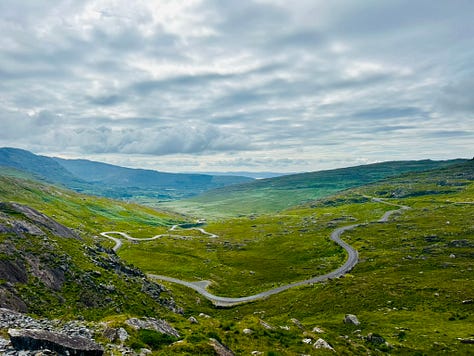
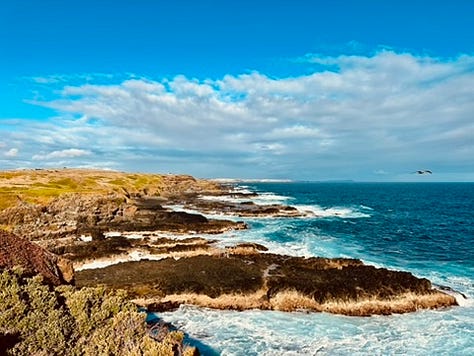
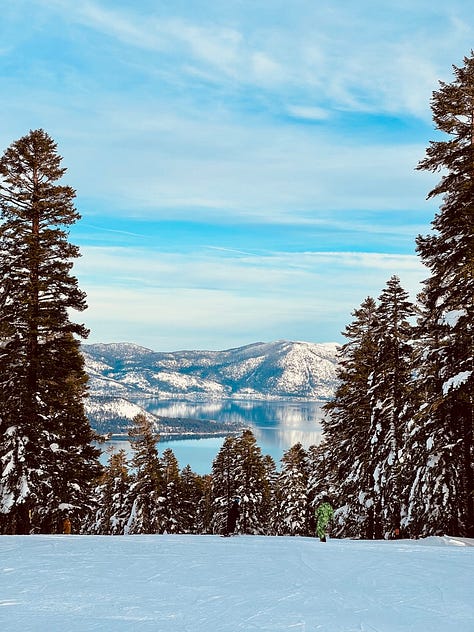
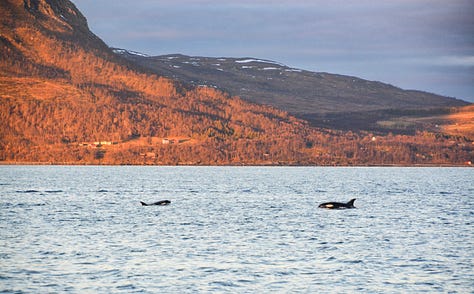
Happy Earth Day!
Jess
Read about positive climate solutions.
Defend our parks while wearing cool gear.

